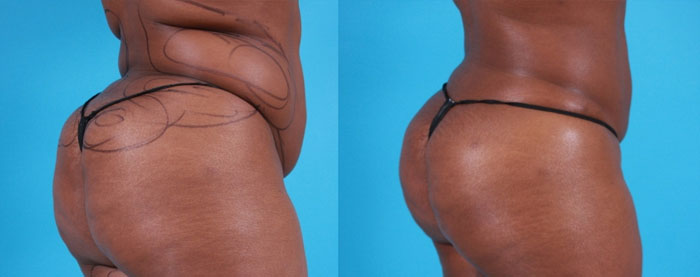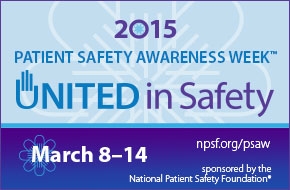Doctors who are communicating well with their patients decrease their risk of being sued for medical malpractice
Unfortunately many doctors are not very good at communication with their patients and to protect themselves from medical malpractice, they increase the number of office visits and perform additional but often unnecessary procedures and tests. They call it “defensive medicine” but according to a recent article in the New York Times written by Aarron E. Carroll, a professor of pediatrics at Indiana University School of Medicine, all these extra precautions don’t reduce the risk of being sued. Better communication with the patients does. Previous studies and statistics clearly demonstrate that doctors who are willing to change their behavior and become better communicators will significantly decrease their risk of being sued for medical malpractice. Read the complete article
 New York Personal Injury Attorneys Blog
New York Personal Injury Attorneys Blog









